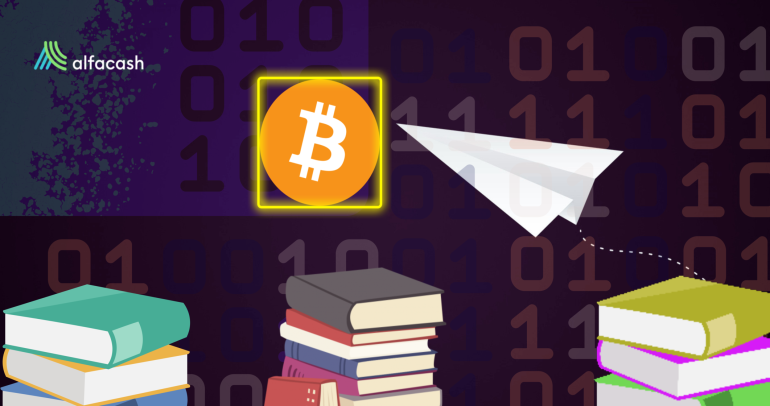This October 15th, Filecoin (FIL), one of the most long-awaited tokens, has finally come into existence with the official launching of its main network. As its team said in the announcement, “this moment marks the culmination of years of innovation and hard work”.
As an immediate and positive consequence, the price and, therefore, the market capitalization of this new cryptocurrencyA digital currency running on a blockchain and built with cryptography. Contrary to central-bank issued currency, cryptocurrency issuance rules are... More, have skyrocketed in less than a day (according to CoinMarketCap). The world is welcoming the FIL token with a current price of almost USD 70, after an increase of up to 140%.
The total market capitalization is USD 1B+ now, but it’s been calculated by some experts that its fully diluted market cap varies from USD 38B to even 400B. This would be much more than BitcoinBitcoin is the first decentralized digital currency. It was created in 2009, by an anonymous founder or group of founders... More (BTCAn abbreviation for Bitcoin.) and the whole crypto market combined if the case comes.
The difference between these two concepts is substantial, though: according to The Nest, while the market cap is the circulating supply effectively in someone’s hands multiplied by the current price, the fully diluted market cap it’s just a bet for the future because involves the possibility of people buying an extra supply of units. And that’s not necessarily good, as they say:
“If the number of outstanding shares in a company [cryptocurrency units, in our case] were to quickly rise by [some percentage] (…) that might well push down the price of existing shares, unless there’s all sorts of pent-up demand for [the product]. That suggests the fully diluted market cap might not be a terribly reliable figure for the company’s value”.
Especially because of that high diluted market cap, Filecoin has gained some skepticism. This isn’t even an intended investment (nor yield farming) tool, but a blockchainBlockchain is a type of database storing an immutable set of data, verifiable to anyone with access to it —through... for decentralized storage; similar to Sia (SC) or Storj, but with a new internal system.
Reliving the hype with Filecoin
This platform is one of the few survivors of the crazy gold rush for Initial Coin Offerings (ICOs) from 2017. It carried out its own ICO from August to September that year, and, at the time, it reached a record of fundraising with USD 257 million, at USD 0.75 per token. That means the owners now have a 9,100% ROI.

Then again, the proposal wasn’t exactly for investment. The main offer of Filecoin is a blockchain that works with a new system dubbed “Proof of Space-Time”. Through its use, the blocks are created by “miners” who provide not computational power, but storage capacity. And that’s Filecoin’s main function: file hosting.
Those “miners” get a certain amount of native tokens for providing their disk space, so, anyone can sell storage space within Filecoin to get some rewards. It’s not exactly liquidity mining, but it’s also a way to make some earnings if the platform works as promised.
Apparently, Filecoin has good perspectives for the future. But it would be convenient not to be reckless about it.
Featured image by NASA-Imagery / Pixabay
Wanna trade BTC, ETH, and other tokens? You can do it safely on Alfacash! And don’t forget we’re talking about this and a lot of other things on our social media.
Twitter * Telegram * Instagram * Youtube *Facebook * Vkontakte








